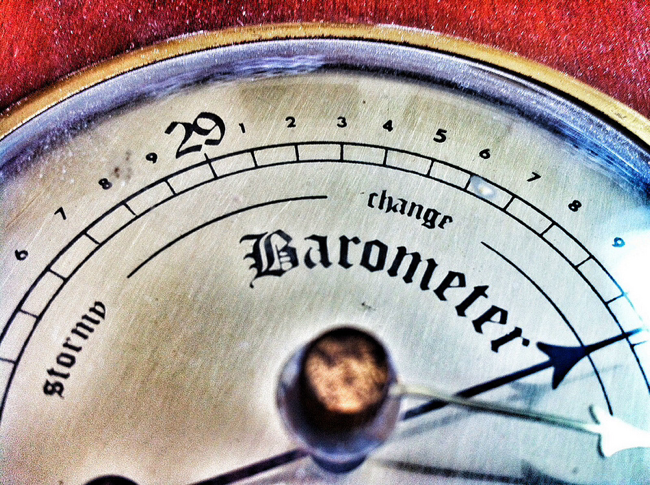The number of adults under the age of 35 living with their parents is at its highest level since 1981. That, combined with the fact that the homeownership rate for those aged 25 to 34 is at an all-time low, means home sales could be greatly impacted as these young adults move out and buy homes of their own. In fact, if population to homeownership ratios return to a level consistent with their historical norms, the 1.8 million individuals currently living at home could equal 590,000 households and nearly 200,000 new homeowners, according to research from Danielle Hale, a research economist with the National Association of Realtors. An additional 200,000 homes sold this year would represent a 4 percent improvement in this year’s projected sales level. More here.







